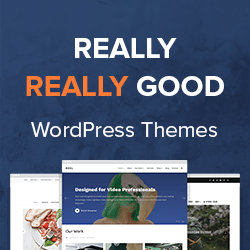- Welcome to Web Hosting Community Forum for Webmasters - Web hosting Forum.
-
 Elevate Your Online Presence with CastHost: The Ultimate Audio Streaming and Web
by casthost
Elevate Your Online Presence with CastHost: The Ultimate Audio Streaming and Web
by casthost
[April 18, 2024, 09:08:08 PM] -
 Reliable web hosting in Canada?
by Sara1Ashraf
Reliable web hosting in Canada?
by Sara1Ashraf
[April 18, 2024, 04:45:35 PM] -
 What is a canonical issue?
by gajretreat
What is a canonical issue?
by gajretreat
[April 18, 2024, 01:41:02 PM] -
 SwissLayer Swiss Servers| VPN Included, Privacy Guaranteed, Crypto Accepted!
by swisslayer
SwissLayer Swiss Servers| VPN Included, Privacy Guaranteed, Crypto Accepted!
by swisslayer
[April 18, 2024, 11:42:40 AM] -
 WordPress Tutorial Series - 17 Videos only in $38.
by DemoTiger
WordPress Tutorial Series - 17 Videos only in $38.
by DemoTiger
[April 17, 2024, 01:24:40 PM]









